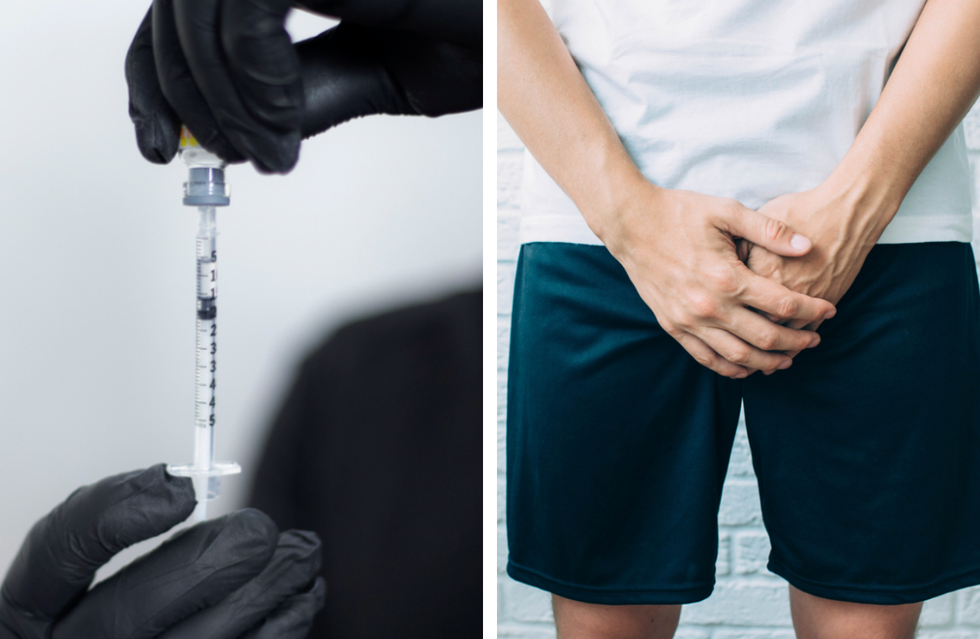There’s been a noticeable rise in men undergoing a rather peculiar cosmetic tweakment known as 'scrotox' – and yes, it’s exactly what it sounds like: Botox injected into the scrotum.
As with most cosmetic procedures, it mostly comes down to personal preference. Over the past decade, interest has grown steadily, and more recently, Google searches have shot up to 46,000.
Why are people getting scrotox?
Dr Mike Tee, Senior Doctor at the Harley Street Skin Clinic, says the motivation has shifted.
Before 2015, men largely opted for the treatment to ease medical conditions. Now, however, around "80 per cent" are "seeking an aesthetic result, rather than addressing a purely medical concern."
Patients who are self-conscious about their scrotum usually seek scrotox for one of three reasons, according to Dr Tee. These include:
- To treat hyperhidrosis
- To create a smoother, less wrinkled appearance
- To achieve a lower-hanging look
It isn’t all about appearances, however. Some men turn to scrotox to help manage conditions such as hyperhidrosis of the scrotum – essentially excessive sweating of the skin – and cremasteric muscle hyperactivity.

"In adult men, an overactive cremasteric muscle can cause involuntary and frequent tight contractions, which can be very painful," Dr Tee tells Indy100. "Once again, both physical activity and sexual activity can be affected."
What are the side effects of scrotox?
According to Dr Tee, "botulinum toxin is generally safe, with plenty of clinical studies and a long history of patient use to support it." That said, he stresses the importance of seeking treatment from a qualified medical professional in a sterile, clinical setting to minimise risks.
Like any cosmetic procedure, there can be downsides. Common issues include tenderness, sensitivity and bruising.
Less common effects may involve asymmetry, where the scrotum hangs lower on one side; over-relaxation, if it loosens more than desired; and weakness in nearby muscles, if the toxin spreads.
Rare complications can also occur. As Dr Tee notes, these include allergic reactions such as rash, dizziness or even anaphylaxis; urinary or sexual dysfunction if the toxin spreads too deeply; and the small risk of infection, as with any injection.
What is the recovery like?
On recovery, Dr Tee explains: "Recovery is typically quick, with most patients returning to normal daily activities immediately after treatment. There may be some tenderness and redness in the first 24 to 48 hours. I advise patients to avoid sexual activity, hot baths, or exercise during this time.
"It’s important to wear loose clothing, keep the area clean, and take general care for the following seven days. Effects will begin to appear gradually, with full results visible between two and four weeks."
You may also like...
- Woman injects just half of her face with botox to show exactly what it really does
- TikTok trend is influencing people to get Botox in their feet for unexpected reason
Sign up to our free Indy100 weekly newsletter
How to join the indy100's free WhatsApp channel
Have your say in our news democracy. Click the upvote icon at the top of the page to help raise this article through the indy100 rankings.














